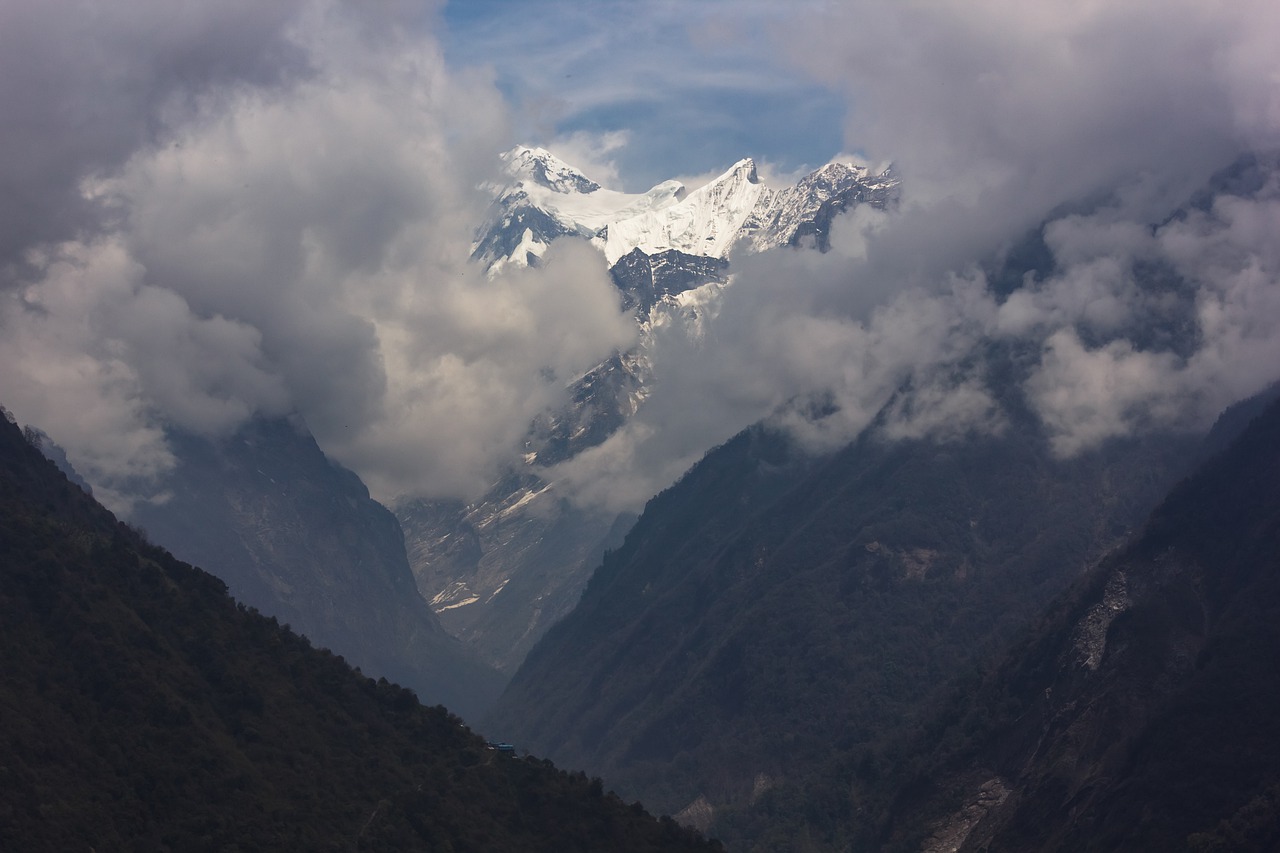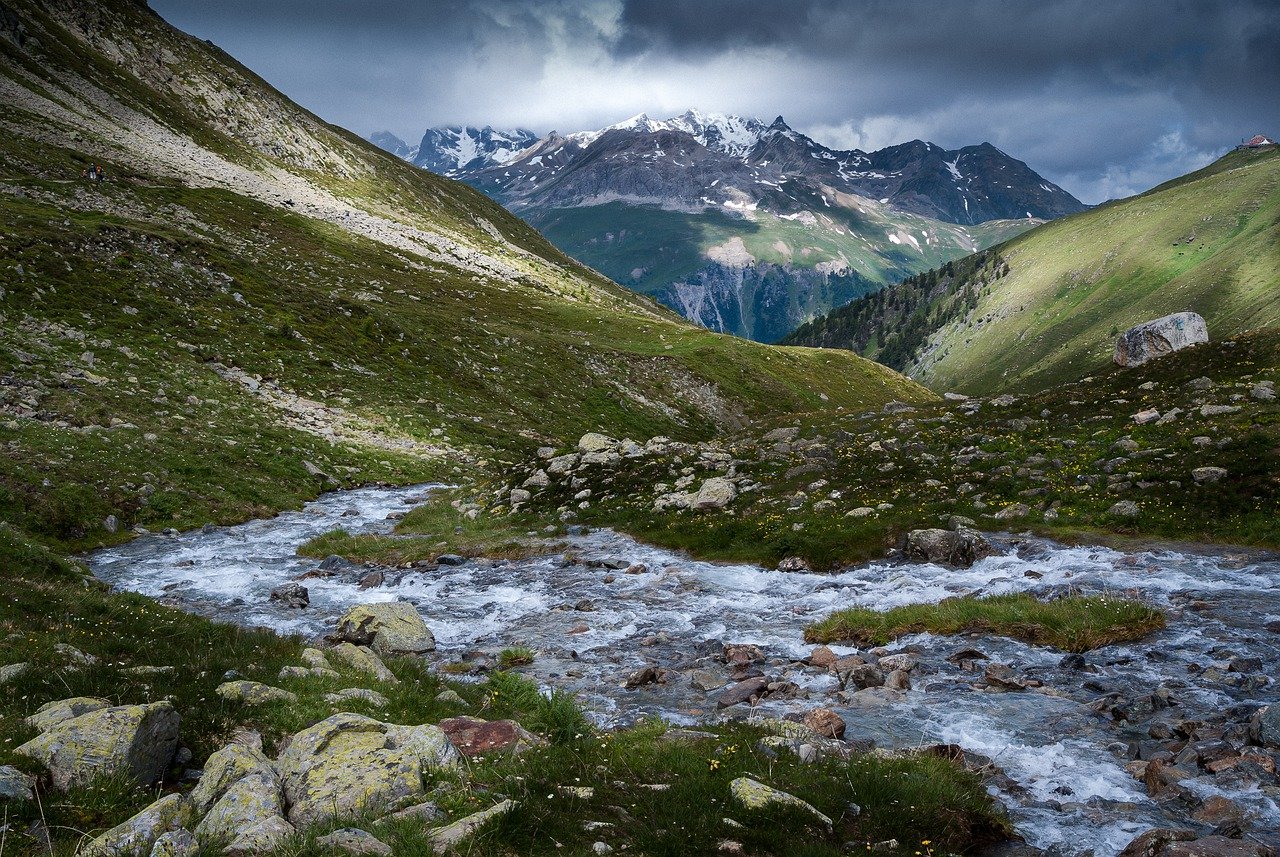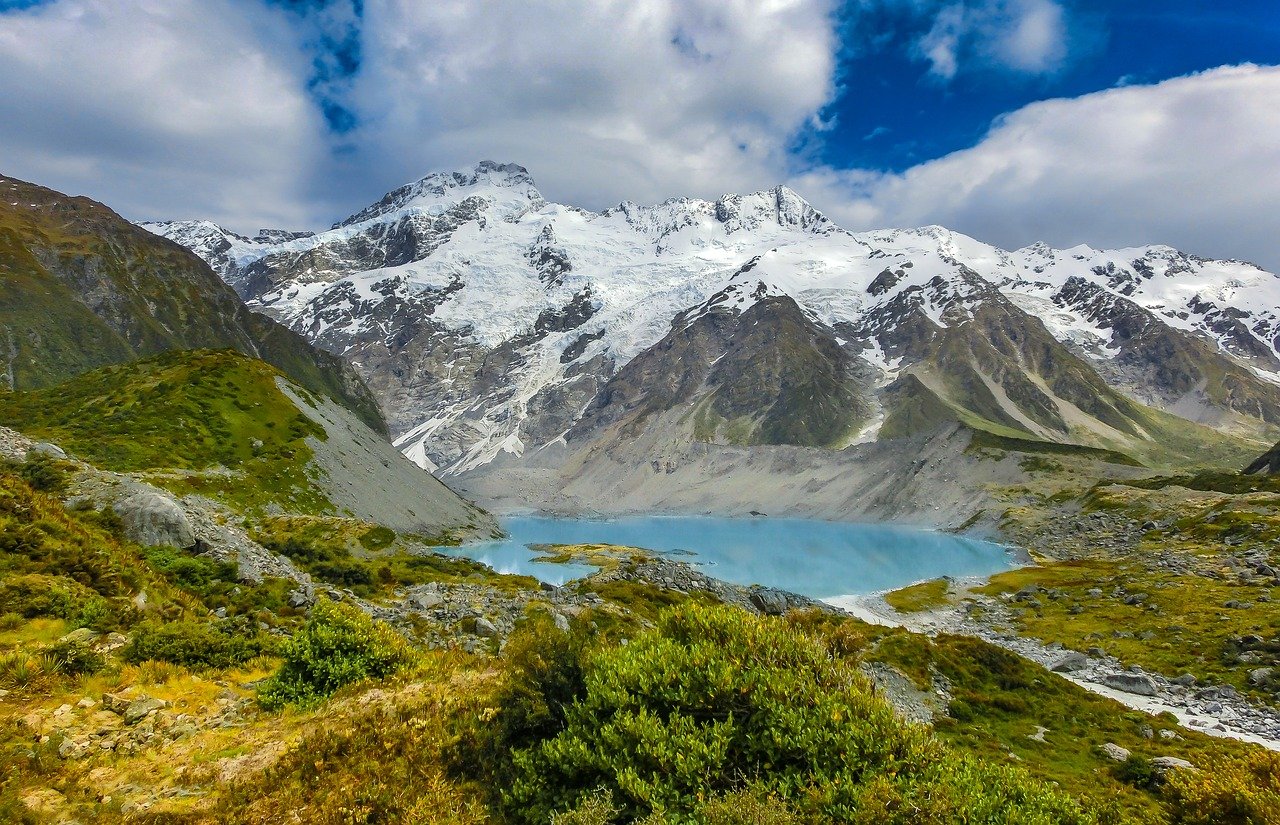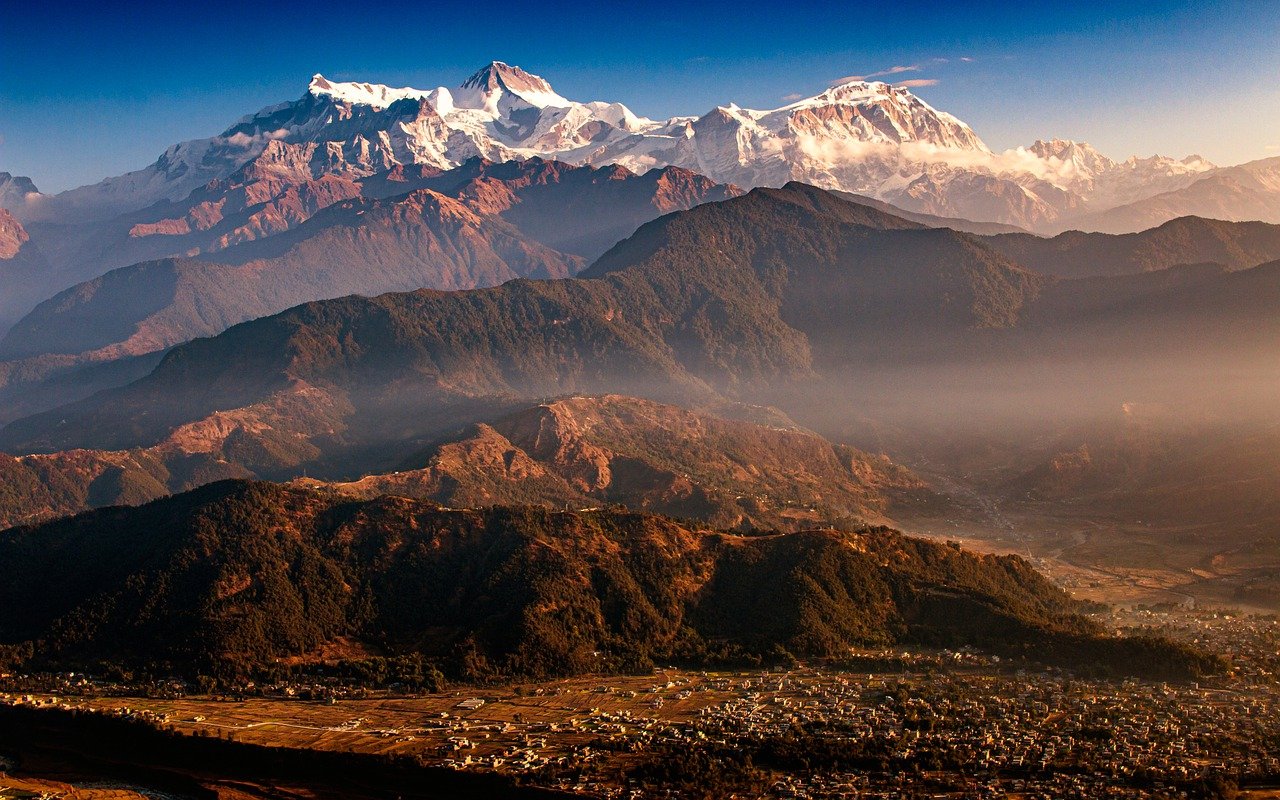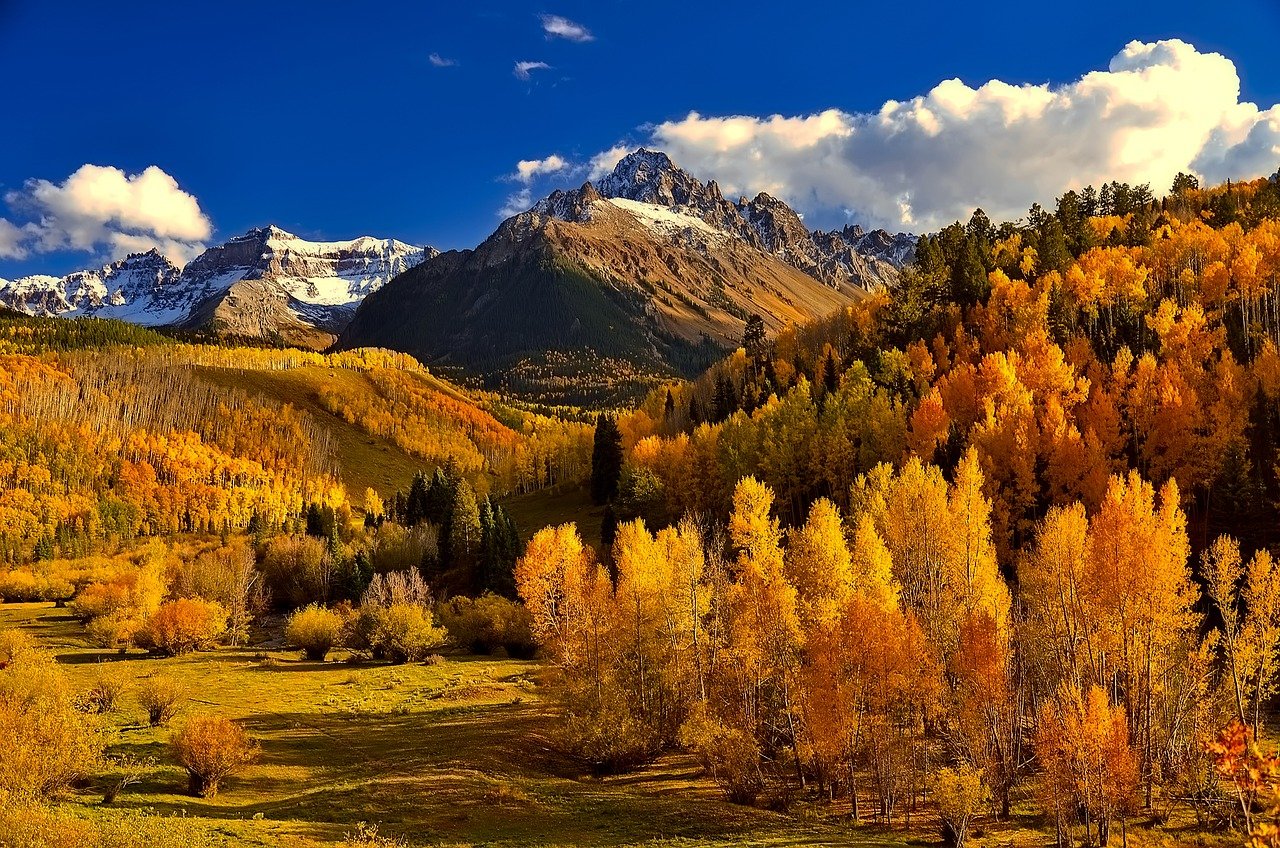News
- Details
- Category: Global News
A pioneering technique which captures precisely how mountains bend to the will of raindrops has helped to solve a long-standing scientific enigma.
The dramatic effect rainfall has on the evolution of mountainous landscapes is widely debated among geologists, but new research led by the University of Bristol and published 16 October in Science Advances, clearly calculates its impact, furthering our understanding of how peaks and valleys have developed over millions of years.
- Details
- Category: MRI News
On 14 October, during the Belmont Forum’s first ever virtual plenary, the Mountain Research Initiative was voted in as the Forum’s newest partner organization.
Established in 2009, the Belmont Forum is a partnership of funding organizations, international science councils, and regional consortia committed to the advancement of transdisciplinary science. The Belmont Forum’s operations are guided by the Belmont Challenge, a vision document that encourages international transdisciplinary research that provides knowledge for understanding, mitigating, and adapting to global environmental change.
- Details
- Category: Global News
In the first of a series of videos produced as part of the Global Change in Mountain Ecosystems (GloMEc) project, Prof. Dirk S. Schmeller, Axa Chair for Functional Mountain Ecology at ENSAT, discusses the impact of human activities on mountains and the many and varied species living in them.
Mountains – A Fragile Source of Life is a new short video series that aims to delve into different aspects of mountains and why they are important for human society. It will look at threats such as climate change and pollution, as well as the functioning of mountain freshwater ecosystems and the importance of microbiomes, among other topics.
- Details
- Category: Global News
Meltwater lakes that form at glacier margins cause ice to recede much further and faster compared to glaciers that terminate on land, according to a new study.
But the effects of these glacial lakes are not represented in current ice loss models, warn the study authors. Therefore, estimates of recession rates and ice mass loss from lake-terminating glaciers in the coming decades are likely to be underestimated.
- Details
- Category: Global News
ESA is pleased to announce the upcoming ESA–EGU Earth Observation Excellence Award.
Deadline to submit nominations is 2 November 2020.
- Details
- Category: Global News
Dust blowing onto high mountains in the western Himalayas is a bigger factor than previously thought in hastening the melting of snow there, researchers show in a study published Oct. 5 in Nature Climate Change.
That’s because dust— lots of it in the Himalayas— absorbs sunlight, heating the snow that surrounds it.
“It turns out that dust blowing hundreds of miles from parts of Africa and Asia and landing at very high elevations has a broad impact on the snow cycle in a region that is home to one of the largest masses of snow and ice on Earth,” said Yun Qian, atmospheric scientist at the U.S. Department of Energy’s Pacific Northwest National Laboratory.
Conservationists May Be Forced to Relocate Cold-Loving Butterflies Over Next 50 Years, Study Reveals
- Details
- Category: Global News
Some of Europe’s native butterflies may have to be moved to colder climes if they are to survive global warming, a new study suggests.
The University of York study tracked the impact of changes in climate on the genetic diversity of the mountain ringlet butterfly over the 21,000 years since the last ice age. The study suggests that future conservationists may have to evacuate some populations of butterflies to cooler habitats, higher up in mountains or further north in places including Scotland, Scandinavia, and the Alps.
- Details
- Category: Global News
Welcome to our October 2020 round-up of new publications! This list, updated each week, contains articles relevant to mountain research that you won't want to miss this month.
Is there an article that the mountain research community should know about? This email address is being protected from spambots. You need JavaScript enabled to view it.




